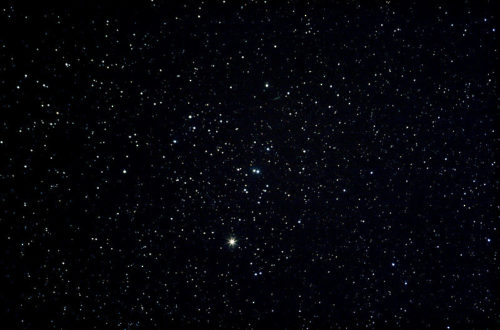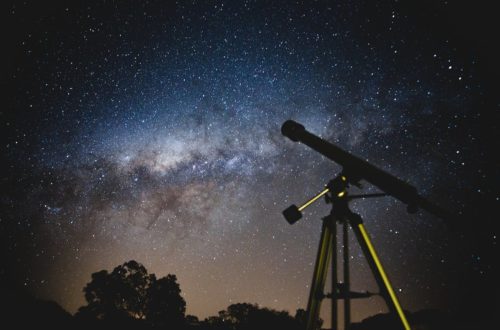NGC 2359: A Closer Look at Thor’s Helmet Nebula

NGC 2359, also known as Thor’s Helmet Nebula, is a stunning celestial object located in the constellation Canis Major. This fascinating nebula boasts an intricate structure that can be best appreciated through a closer observation.
In this article, we delve into the remarkable features of NGC 2359 and explore the wonders of the universe.
Introduction to NGC 2359: Thor’s Helmet Nebula
This nebula is named after the Norse god Thor, who was known for wearing a helmet with protruding wings on either side, and its shape resembles such a helmet. NGC 2359 is a large and bright emission nebula, consisting of ionized hydrogen gas. The nebula is estimated to be around 11,960 light-years away from Earth in in the constellation Canis Major and has a diameter of approximately 30 light-years.

A Closer Look at the Structure and Dimensions of NGC 2359
Upon closer inspection, the structure and dimensions of NGC 2359 are truly remarkable. This nebula is shaped like a helmet, with a central bubble surrounded by a complex network of filaments. The bubble itself is approximately 30 light-years in diameter, and the filaments extend outwards for hundreds of light-years. It also features an H II region. Despite its beauty, Thor’s Helmet Nebula is a relatively young object, with an estimated age of only a few hundred thousand years.
The Central Star of NGC 2359
Its central star WR 7 (HD 56925) is a Wolf-Rayet star, a rare type of massive, hot star that is approaching the end of its life. The star’s intense stellar winds are responsible for creating the nebula’s intricate structure of ionized gas and dust. This star is estimated to be 229,000 times brighter than our Sun at an apparent magnitude of 11.56.

Astronomical Significance of Thor’s Helmet Nebula
The Thor’s Helmet Nebula, or NGC 2359, is not only a stunning celestial object but also holds great astronomical significance. This nebula is a rare example of a Wolf-Rayet star, a massive and extremely hot star that is nearing the end of its life. This makes this nebula a prime target for astronomers studying the final stages of stellar evolution.
By studying this fascinating object, scientists can deepen their understanding of the life cycles of stars and the effects they have on their surroundings. For amateur stargazers, viewing this nebula through a telescope can offer a glimpse into the awe-inspiring beauty of the universe and the incredible phenomena that occur within it.
Conclusion
In summary, NGC 2359 or Thor’s Helmet Nebula is truly a remarkable sight in the sky that is worth witnessing. Its unique shape and intricate details make it stand out among other celestial bodies. Despite its distance from Earth, it remains one of the most fascinating objects in the universe. With its massive size and luminosity, it is no wonder that this nebula has captured the attention of astronomers and stargazers alike.
Whether you are an amateur or a seasoned astronomer, the experience of observing this beautiful nebula is truly awe-inspiring. So, if you ever get the chance to witness NGC 2359, don’t hesitate to take it. It is a breathtaking sight that will leave you in wonder and amazement.
Would you like to receive similar articles by email?





